Gentle Movement for Chronic Illness: Reclaiming Comfort and Healing
This post contains affiliate links, which means I may earn a small commission if you shop through them—at no extra cost to you. I’m partnered with Amazon, Walmart, and other brands through programs like Collective Voice and Mavely. I only share products I truly love or think you’ll find helpful.
Let’s be honest—if you’ve ever been chronically ill, you’ve probably heard it: “Have you tried yoga?”
It’s well-meaning. Sometimes helpful. Sometimes dismissive. And for bendy bodies like mine, it can be downright dangerous if we’re not careful.
This post isn’t about pushing through pain or chasing fitness goals. It’s about reclaiming gentle movement as a form of comfort, connection, and healing—especially when your body feels like it’s made of question marks.
Because when you live with conditions like Ehlers-Danlos Syndrome, MCAS, Sjögren’s, and POTS, movement isn’t just exercise—it’s survival strategy, symptom management, and sometimes, a way to feel human again.
🌿Why “Gentle” Doesn’t Mean “Weak”
I used to think I was just sensitive. That my body was dramatic. That getting dizzy when I stood up was normal—because my family said it was. “You just got up too fast.” “It’s your blood rushing to your feet.” “You probably need more salt.”
Turns out, I’ve had POTS most of my life. I didn’t know the name for it, but I knew the feeling—lightheadedness, racing heart, the need to sit down right now. And while I can’t say for sure that others in my family had it too, their responses suggest they were familiar with the symptoms, even if they didn’t recognize them as medical.
With hypermobility and Ehlers-Danlos Syndrome, movement becomes a minefield. We’re bendy, yes—but that flexibility can lead to overextension, joint instability, and pain if we’re not careful. What looks graceful from the outside can be exhausting and even damaging from the inside.
MCAS means our bodies react to everything—from heat to pressure to exercise itself. For some of us, even a short walk can trigger flushing, hives, or what’s known as exercise-induced rash. Others experience exercise-induced asthma, where breathing becomes tight and wheezy just as we’re trying to do something “healthy.” It’s not laziness—it’s biology.
Sjögren’s adds fatigue, dryness, and inflammation that make even gentle movement feel like a marathon. When your joints aren’t properly lubricated—because your body isn’t producing enough synovial fluid—every step, stretch, or reach can feel gritty and painful. And yet, movement is also how we stimulate that lubrication. Especially in the spine, gentle motion helps nourish the discs and keep everything flowing. So we move, even when it hurts. Because sometimes, it’s the only way to feel better tomorrow.
So when I say “gentle movement,” I don’t mean easy. I mean intentional. Supportive. Kind. Movement that meets you where you are—and doesn’t ask you to be anyone else. Movement that honors your limits, your symptoms, your story. Because healing isn’t about pushing harder. It’s about listening deeper.
🧘 Yoga That Meets You Where You Are
Not all yoga is created equal—and for bendy, reactive, or exhausted bodies, the wrong kind can do more harm than good. That’s why I lean into practices that prioritize stillness, breath, and nervous system support over flexibility or flow.
Yin Yoga is my go-to when I need deep release without overexertion. It’s slow, quiet, and grounding—holding poses for several minutes to gently stretch connective tissue and support joint health. For hypermobile bodies, it’s a way to explore range without chasing extremes.
Qi Gong and Tai Chi offer gentle, flowing movement that feels like water—perfect for days when stiffness and fatigue are high. These practices emphasize breath, balance, and energy flow, making them ideal for regulating the nervous system and easing POTS symptoms.
Yoga Qi blends breathwork and movement in a way that feels intuitive and calming. It’s less about poses and more about presence—moving with intention, not ambition.
And then there’s Yoga Nidra, which isn’t movement at all—but it still belongs here. It’s guided rest. A way to lie down, close your eyes, and let your body recalibrate. On days when even stretching feels impossible, Yoga Nidra reminds me that rest is a form of healing.
“Gentle movement isn’t about doing less—it’s about doing what matters.”
🧺 Want to explore my favorite videos and channels for each of these practices? I’ve curated a comfort-core Benable list filled with Yin Yoga, Qi Gong, Tai Chi, Yoga Qi, and Yoga Nidra picks that meet you exactly where you are.
👉 Gentle Movement That Doesn’t Hurt
🚶♀️ Walking as Ritual, Not Just Exercise
During COVID lockdown, my husband and I started walking every night after dinner. It wasn’t planned—it just became a rhythm. Sometimes we’d loop the neighborhood. Sometimes we’d head to the river, the lake, or one of the local trails. We’d talk, laugh, play Pokémon Go, and feel the world soften around us.
We were the healthiest we’d ever been. I gained over 20 lbs, finally breaking 100 and feeling strong in a way I hadn’t in years. My joints felt better. My sleep improved. We felt like ourselves.
Some nights we’d bring our discs and play a round of casual disc golf. We’d thrift first—Community Thrift, Goodwill—then head to Lawless or Two Rivers. It wasn’t competitive. It was connective. A way to move without pressure. A way to feel joy in our bodies.
Now I’m back down to 90 lbs, and even though we both talk about how much we loved those walks—how good they made us feel—we haven’t picked the habit back up. Life got loud again. But the memory of those evenings still feels like a warm light in my chest.
“Sometimes the healthiest version of you isn’t the one doing the most—it’s the one doing what feels good.”
🧺 Want to see the places that brought us peace? I’ve created a Benable list of our favorite walking trails, riverside parks, and disc golf spots—each tied to a memory, a moment, or a feeling of coming home to ourselves.
👉 Walking as Ritual: Our Favorite Trails & Paths
🧰 Tools That Help Me Move Gently
Gentle movement isn’t just about the practice—it’s about the setup. The tools I use help me feel safe, supported, and able to show up for my body without pushing past its limits. Some are physical, some are sensory, and some are emotional. All of them make movement feel more like care and less like a chore.
Yoga props are non-negotiable. I use bolsters, blocks, and a thick mat to protect my joints and encourage rest. On flare days, I’ll add a folded blanket under my knees or a pillow behind my back. It’s not cheating—it’s listening.
Compression gear helps with POTS and joint stability. I wear light compression socks or sleeves when I’m walking or stretching. They help with circulation and give my hypermobile joints a little extra support. My husband and I both wear knee and ankle braces when hiking, especially on uneven terrain. It’s part of our ritual now—packing the braces, checking the trail, and making sure we’re set up to move safely.
Bug spray and sun protection matter more than you think. When I’m hiking or walking outdoors, I bring gentle, fragrance-free bug spray and a wide-brimmed hat. MCAS means I react to everything, so I keep it simple and safe.
My walking shoes are chosen for softness and support. I look for cushioned soles, wide toe boxes, and flexible uppers that don’t pinch or rub. I’ve learned that the right shoe can mean the difference between a healing walk and a pain spiral. On uneven terrain or flare days, I also bring a cane or hiking sticks to help with balance and stability. They give me confidence, reduce strain on my joints, and turn a wobbly walk into something grounded and safe.
I bring water, snacks, and sometimes salt tabs. POTS means I need to stay hydrated and keep my electrolytes up. I carry a small crossbody bag with essentials—even for short walks.
Playlists and Pokémon Go keep me engaged. Movement is easier when it’s joyful. I use music to regulate my nervous system and Pokémon Go to turn walks into mini adventures. It’s not about productivity—it’s about presence.
“Gentle movement isn’t passive—it’s intentional. And the right tools make it possible.”
🧺 Want to see my favorite gear and comfort-core essentials? I’m building a Benable list of the tools that help me move gently—from yoga props to walking shoes to sensory supports. 👉 Gentle Movement Tools & Essentials
🌿 Movement That Honors Your Body
Gentle movement isn’t about doing less—it’s about doing what matters. For those of us living with chronic illness, joint instability, or sensory overwhelm, showing up for our bodies requires intention, compassion, and the right support.
Whether it’s a quiet walk by the river, a slow stretch on a yoga mat, or a round of disc golf that turns into laughter, movement can be a way back to ourselves. It doesn’t have to be perfect. It just has to feel safe.
If you’re navigating symptoms that don’t seem to fit, or if movement has felt more like punishment than peace, you’re not alone. I’ve written more about my journey with Ehlers-Danlos Syndrome and the symptoms that were missed for years—because sometimes the first step toward healing is being seen.
👉 Read: Ehlers-Danlos Syndrome & Missed Symptoms
You deserve movement that meets you where you are. That honors your body. That feels like care.
📌 Pin It
This post contains affiliate links, which means I may earn a small commission if you shop through them—at no extra cost to you. I’m partnered with Amazon, Walmart, and other brands through programs like Collective Voice and Mavely. I only share products I truly love or think you’ll find helpful.

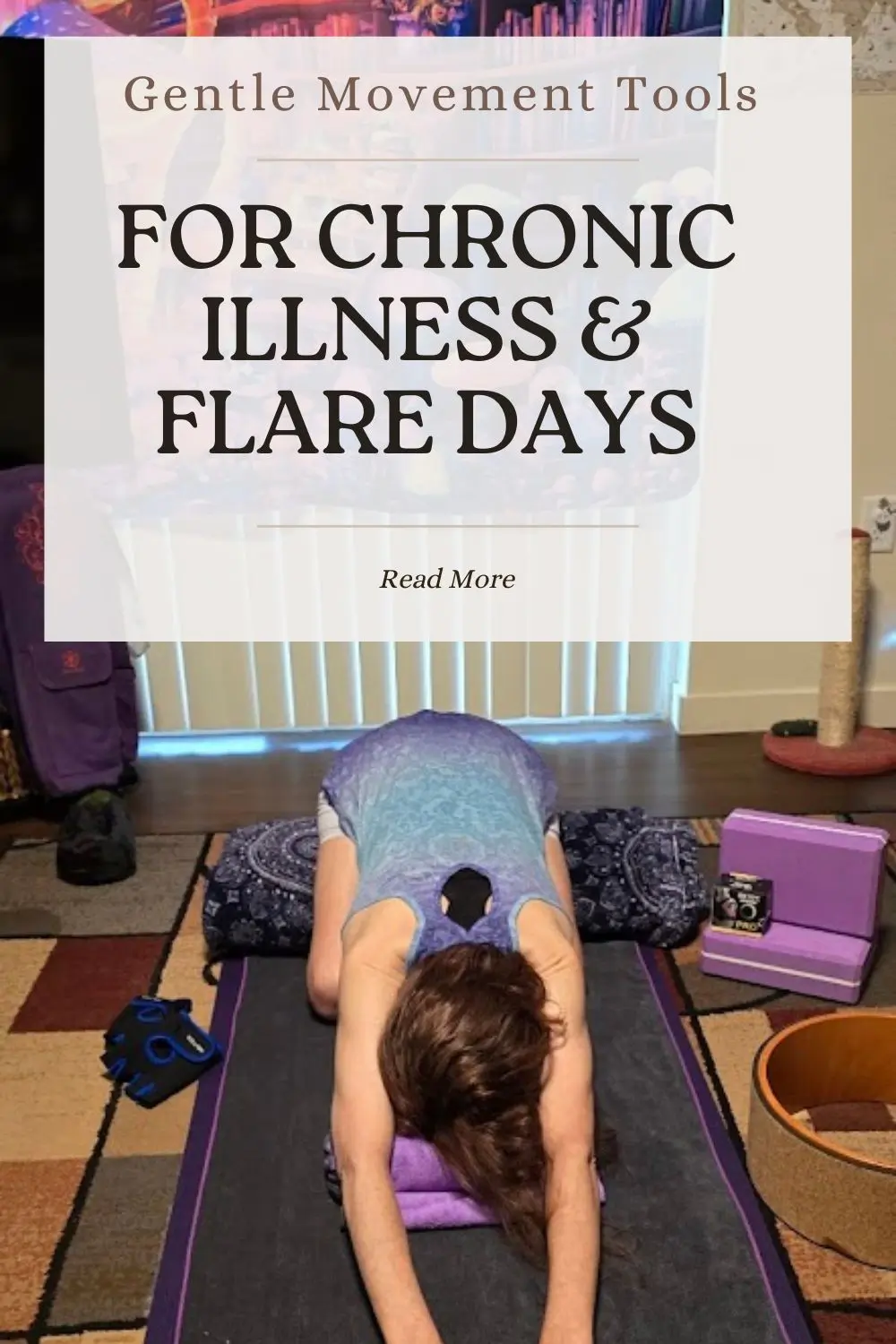
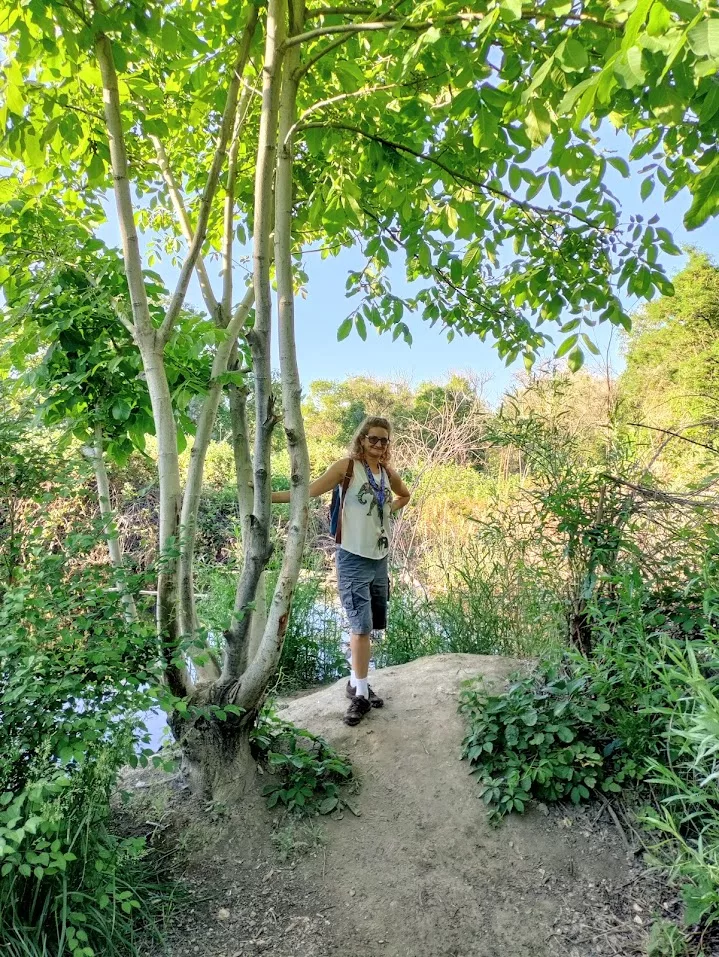
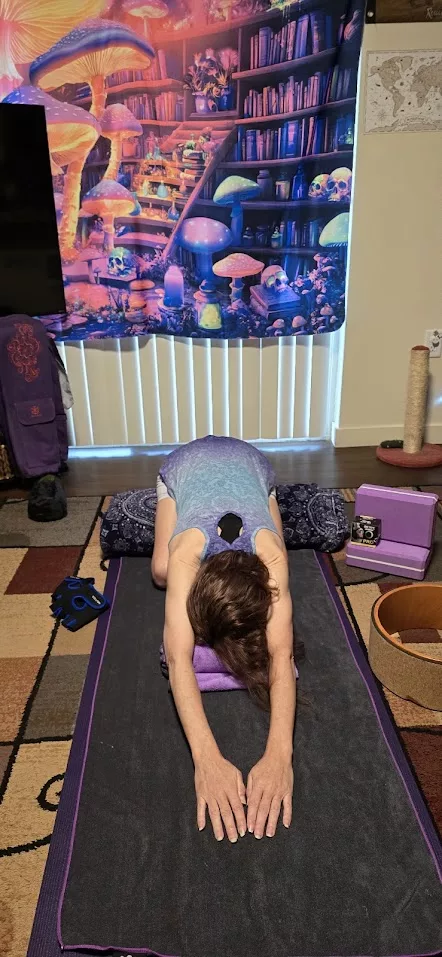
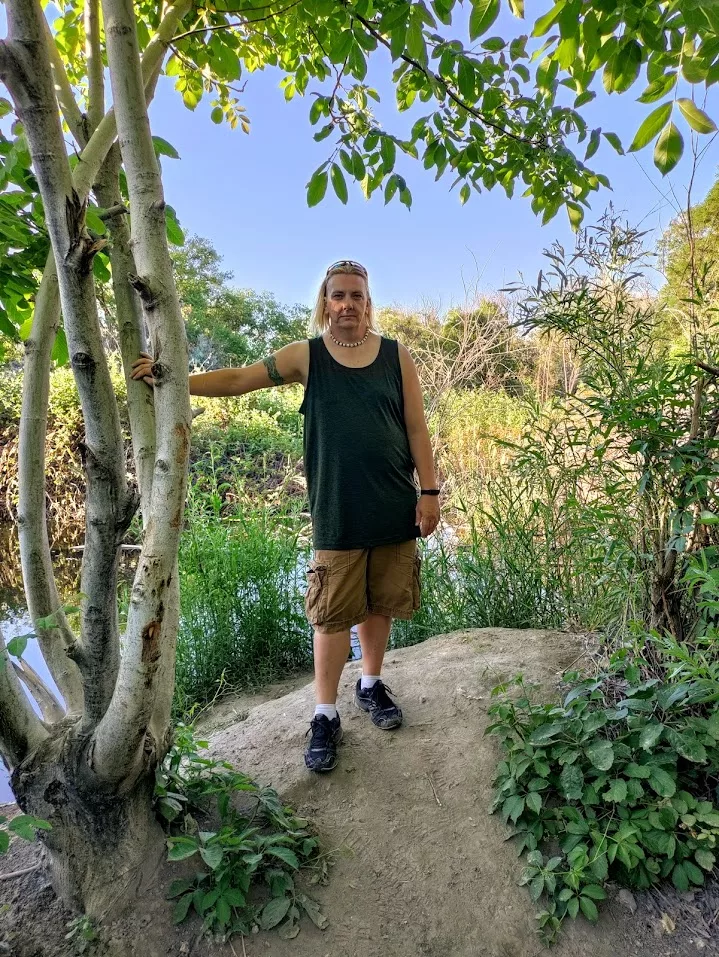
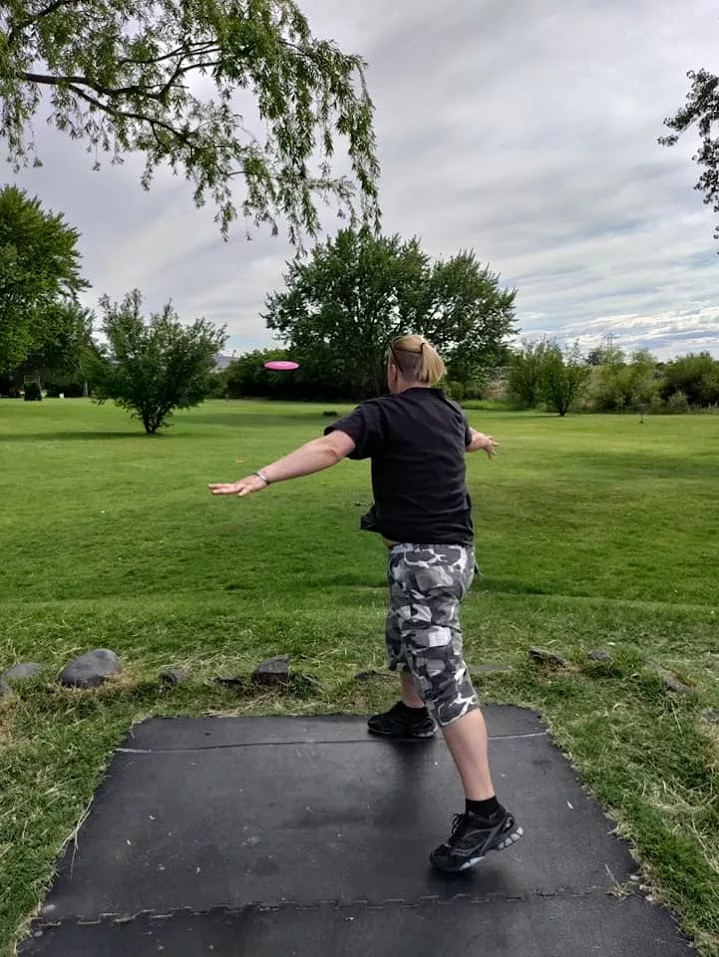
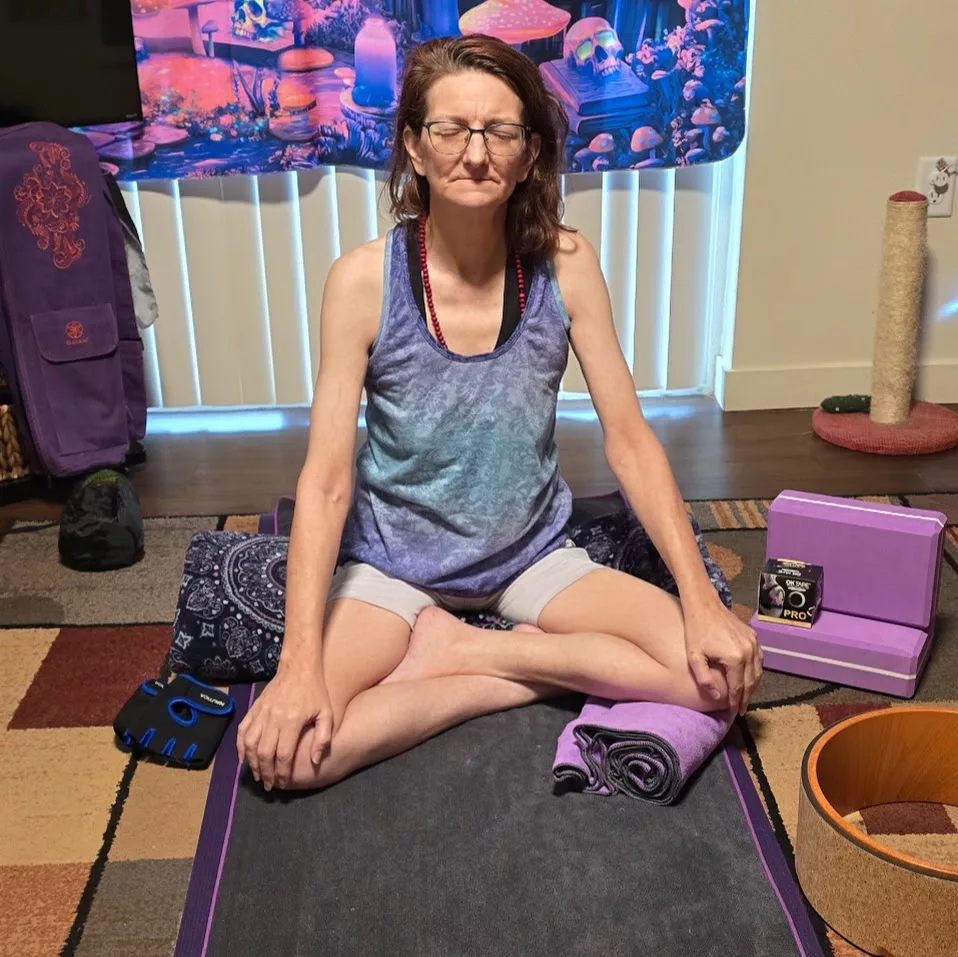
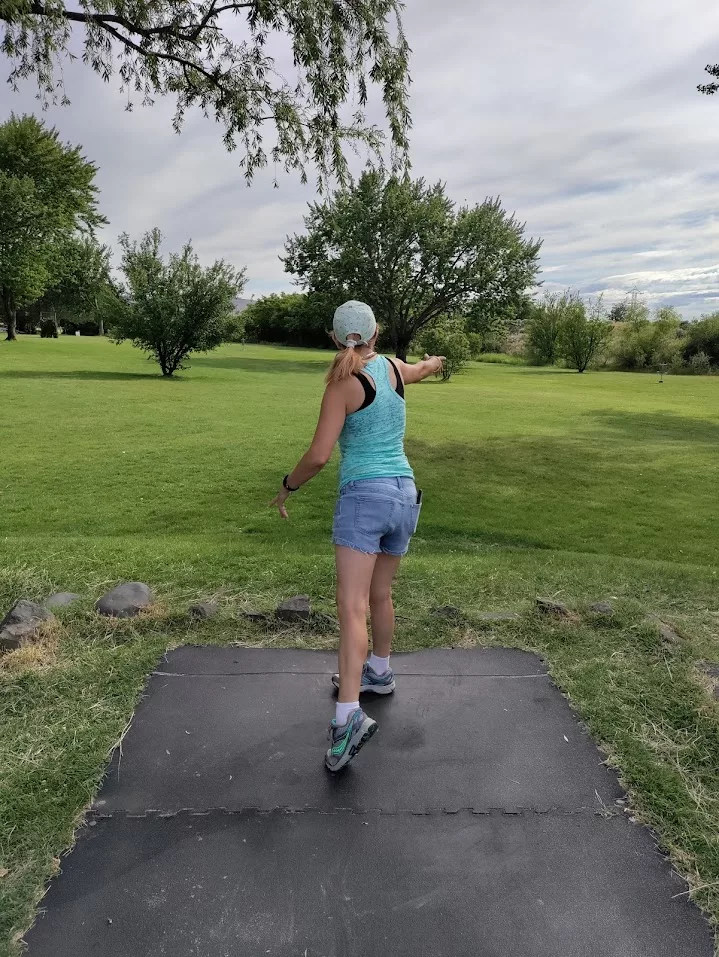
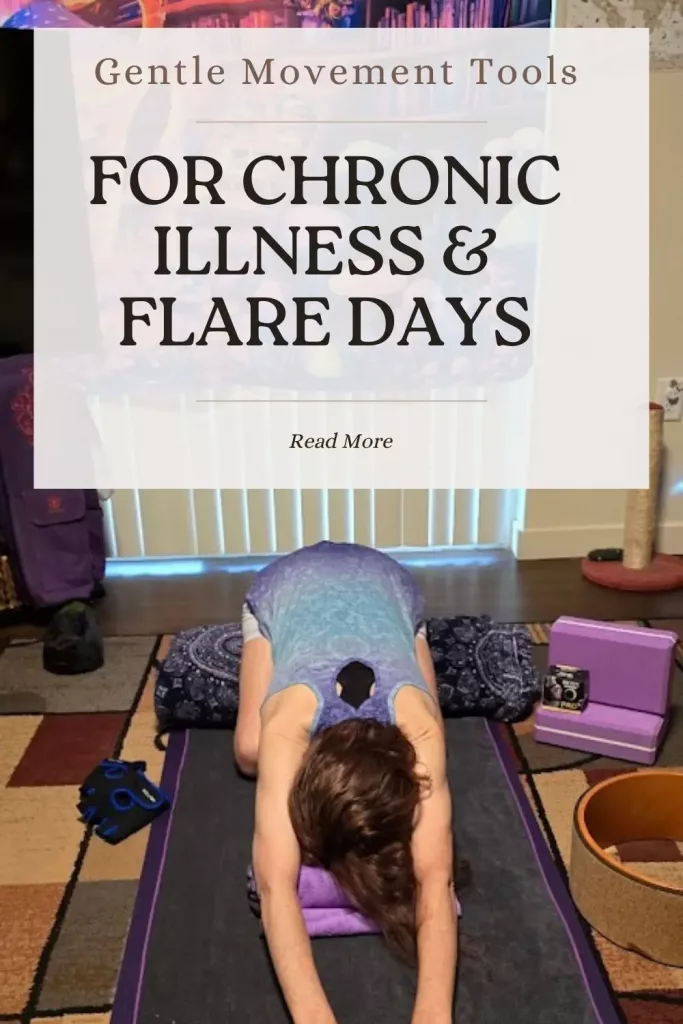
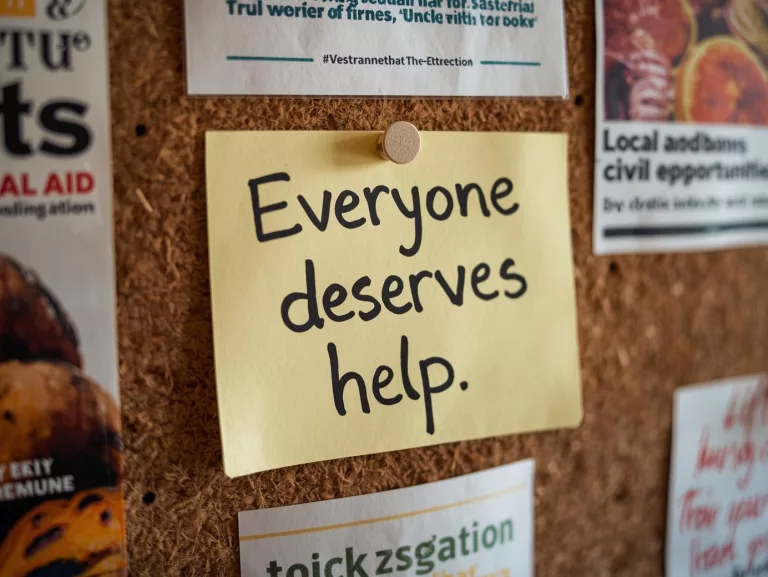
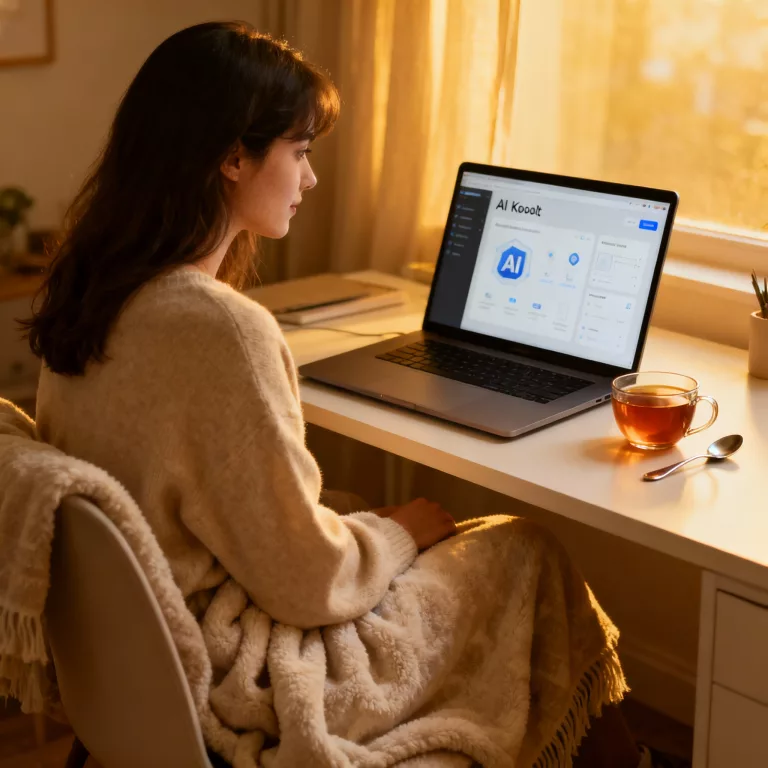
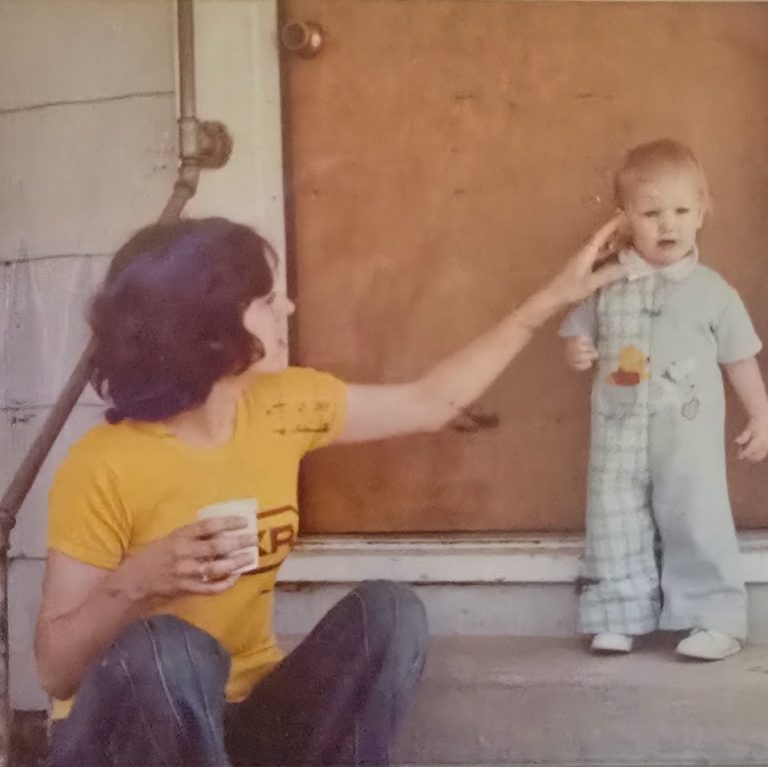
Facebook Comments